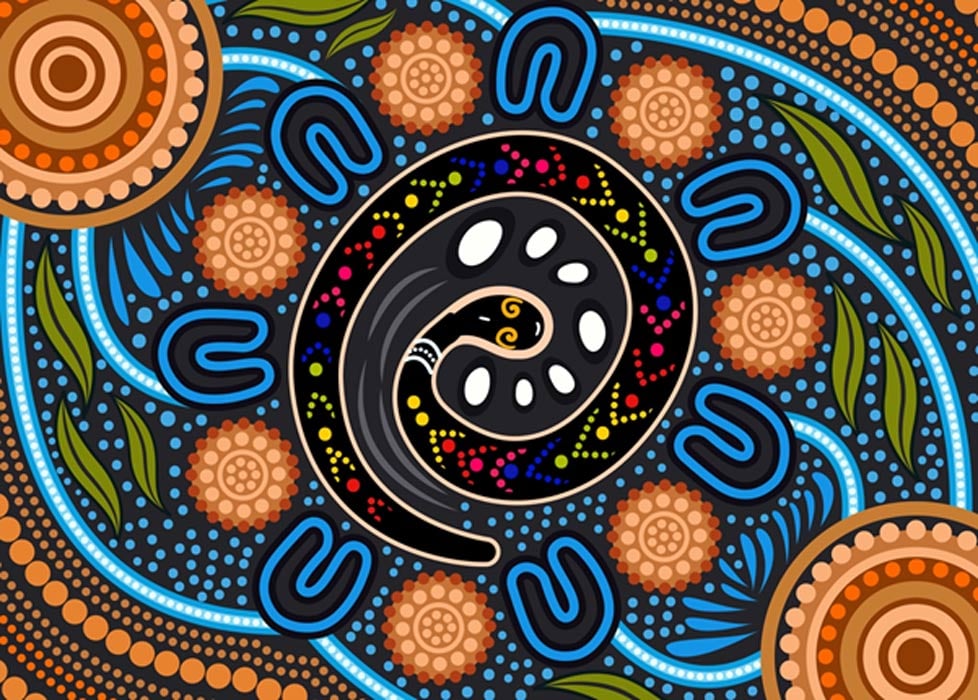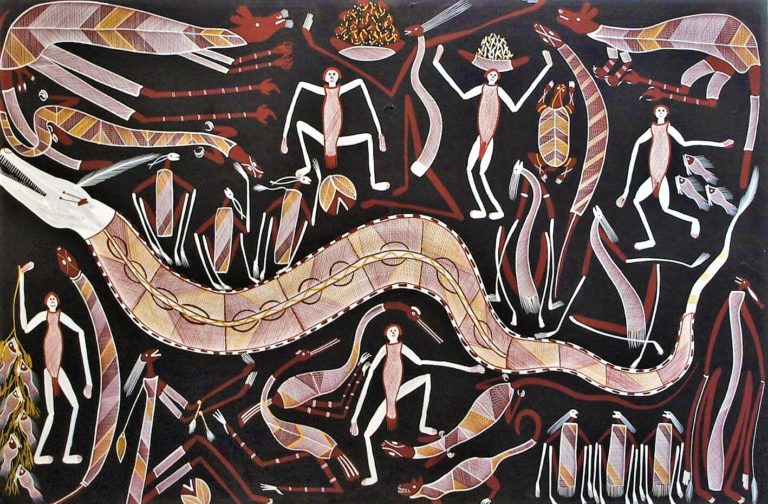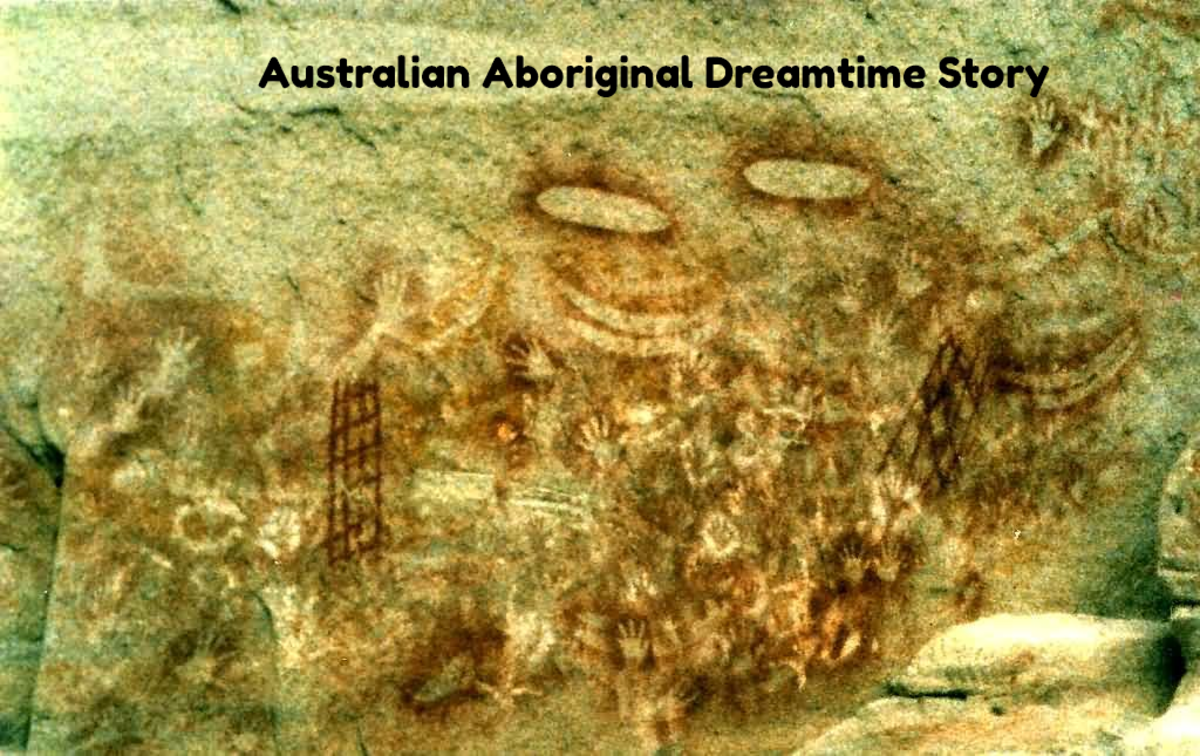The Dreamtime: A Journey Through the Creation Myths of Aboriginal Australia
The Dreamtime: A Journey Through the Creation Myths of Aboriginal Australia

The Australian landscape, a tapestry of ancient rock formations, shimmering deserts, and verdant rainforests, holds within it a story of creation unlike any other. This story, passed down through generations of Aboriginal Australians, is not simply a tale of the past, but a living, breathing entity that shapes their present and future. It is the story of the Dreamtime, a powerful concept that weaves together the universe, the land, and the very essence of Aboriginal culture.
The Dreamtime: More Than Just a Myth
Related Articles: The Dreamtime: A Journey Through the Creation Myths of Aboriginal Australia
- Unlocking The Stories Behind Aboriginal Australian Names: A Journey Through Culture And Identity
- A Taste Of The Outback: Exploring The Delicious World Of Australian Native Fruits
- The Canvas Of Creation: How Aboriginal Art Reflects The Dreaming
- A Tapestry Of Tradition: Unveiling The Story Behind The Australian Open’s Dreamtime Flag
- Leaping Through Time: Exploring The Significance Of Kangaroo Aboriginal Artwork
The Dreamtime, often referred to as the "Dreaming" or "Tjukurrpa," is not a singular event but a continuous state of being, a timeless realm where the ancestors, known as the "Ancestral Beings," roamed the land, shaping its features and establishing the laws that govern the world. This realm transcends time and space, existing simultaneously in the past, present, and future.
The Dreamtime is not merely a creation story; it is a complex and nuanced philosophy that encompasses the entirety of Aboriginal existence. It provides a framework for understanding the world, their place within it, and their connection to the land. It is a source of spiritual guidance, ethical principles, and cultural identity.
The Ancestral Beings: Creators and Guardians
The Ancestral Beings, who are often depicted in intricate rock art and ceremonies, are the architects of the Australian landscape. They are powerful beings, each with unique attributes and responsibilities. Some are associated with specific animals, plants, or natural phenomena, while others are responsible for broader aspects of the world, such as the creation of the sun, moon, and stars.
These beings did not simply create the physical world; they also established the social and spiritual order. They created the laws of the land, the rituals, and the responsibilities that bind Aboriginal people to their culture. Their actions, often depicted in vivid stories, are a blueprint for how to live in harmony with the natural world and with each other.
The Dreamtime in Action: Stories and Symbols
The Dreamtime is not a static concept; it is a dynamic force that is constantly being reinterpreted and re-enacted through storytelling, ceremonies, and art. These practices serve as a vital link to the ancestors and their teachings, ensuring that the Dreamtime remains alive and relevant for future generations.
Stories: The Dreamtime is a vast repository of stories, each with its own unique characters, settings, and moral lessons. These stories are not simply entertainment; they are a source of knowledge, wisdom, and spiritual guidance. They teach about the origins of the land, the behavior of animals, the importance of respect for nature, and the consequences of breaking the laws of the Dreamtime.

Ceremonies: Ceremonies are another crucial aspect of the Dreamtime. They are elaborate and often complex rituals that recreate the actions of the Ancestral Beings and reaffirm the connection between the present and the past. These ceremonies are a powerful expression of Aboriginal spirituality and a testament to the enduring nature of the Dreamtime.
Art: Aboriginal art, particularly rock art, is a powerful visual representation of the Dreamtime. These paintings, carvings, and engravings depict the Ancestral Beings, their journeys, and their creations. They serve as a tangible link to the past and a reminder of the interconnectedness of the world.
The Importance of the Dreamtime in Contemporary Life
The Dreamtime is not a relic of the past; it is a living, breathing force that continues to shape the lives of Aboriginal Australians today. It provides a sense of identity, belonging, and purpose. It guides their relationships with the land, their communities, and their spiritual beliefs.
The Dreamtime is also a powerful tool for understanding and addressing the challenges facing Aboriginal communities today, such as land rights, environmental degradation, and social injustice. By drawing on the wisdom of the Dreamtime, Aboriginal people can find strength and resilience in the face of adversity.

The Dreamtime and the Future
The Dreamtime is a timeless concept, but it is also constantly evolving. As new generations emerge, they bring their own perspectives and experiences to the Dreamtime, enriching and expanding its meaning. This ongoing dialogue between the past and the present ensures that the Dreamtime remains relevant and vital for future generations.
The Dreamtime is a testament to the enduring power of storytelling and the importance of preserving cultural heritage. It is a reminder that the past is not simply a collection of facts but a living, breathing force that shapes our present and our future.
FAQ: The Dreamtime Creation Myth
1. What is the Dreamtime?
The Dreamtime, also known as the Dreaming or Tjukurrpa, is a fundamental concept in Aboriginal Australian culture. It is a timeless realm where the Ancestral Beings created the land, its features, and the laws that govern the world.
2. Who are the Ancestral Beings?
The Ancestral Beings are powerful beings who roamed the land during the Dreamtime, shaping the landscape and establishing the social and spiritual order. They are often depicted in Aboriginal art and ceremonies.
3. What is the significance of the Dreamtime stories?
Dreamtime stories are a vital source of knowledge, wisdom, and spiritual guidance for Aboriginal Australians. They teach about the origins of the land, the behavior of animals, the importance of respect for nature, and the consequences of breaking the laws of the Dreamtime.
4. How is the Dreamtime reflected in Aboriginal art?
Aboriginal art, particularly rock art, is a powerful visual representation of the Dreamtime. These paintings, carvings, and engravings depict the Ancestral Beings, their journeys, and their creations.
5. What is the role of ceremonies in the Dreamtime?
Ceremonies are elaborate rituals that recreate the actions of the Ancestral Beings and reaffirm the connection between the present and the past. They are a powerful expression of Aboriginal spirituality and a testament to the enduring nature of the Dreamtime.
6. How is the Dreamtime relevant to contemporary Aboriginal life?
The Dreamtime provides a sense of identity, belonging, and purpose for Aboriginal Australians today. It guides their relationships with the land, their communities, and their spiritual beliefs. It is also a powerful tool for addressing the challenges facing Aboriginal communities.
7. What is the future of the Dreamtime?
The Dreamtime is a timeless concept that is constantly evolving. As new generations emerge, they bring their own perspectives and experiences to the Dreamtime, enriching and expanding its meaning. This ongoing dialogue between the past and the present ensures that the Dreamtime remains relevant and vital for future generations.

Closure
Thus, we hope this article has provided valuable insights into The Dreamtime: A Journey Through the Creation Myths of Aboriginal Australia. We thank you for taking the time to read this article. See you in our next article!


